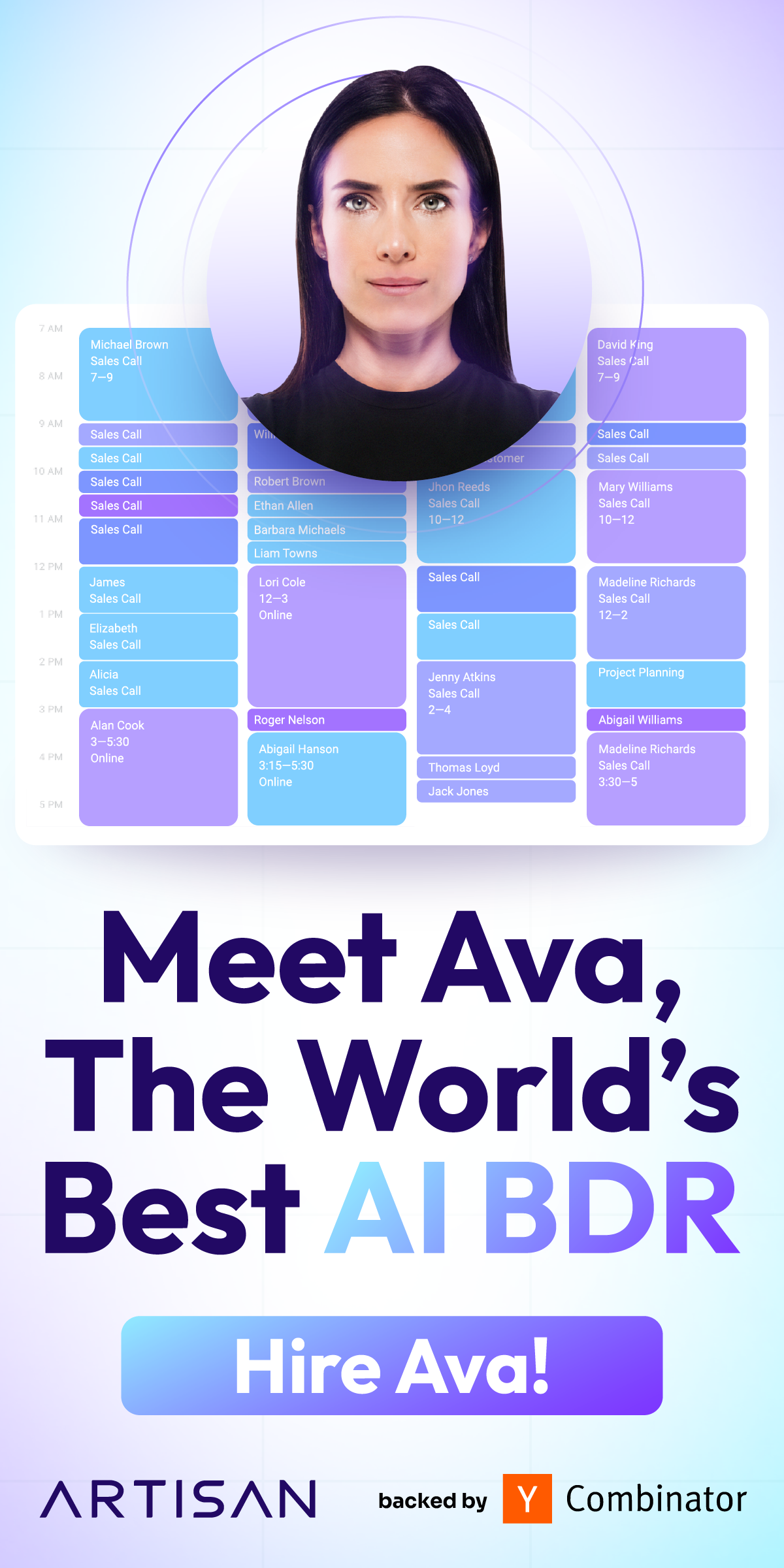
Inbound vs Outbound Marketing: What’s the Difference?
Marketing is the process of promoting and selling products or services to customers. There are many strategies and approaches that businesses can use to achieve their marketing goals. Two of the most common types of marketing are inbound and outbound marketing.
Outbound marketing is a traditional approach that involves reaching out to customers through various channels, such as television commercials, print ads, and direct mail. Outbound marketing can be effective in reaching a large audience and generating leads, but it can also be costly and disruptive.
In contrast, inbound marketing focuses on creating and sharing valuable content with customers to attract and keep them. This approach relies on earning the attention of customers through relevant and helpful information, rather than interrupting them with unsolicited messages. Inbound marketing typically involves creating and sharing content on a company’s website and social media channels, as well as optimizing that content for search engines.
While both inbound and outbound marketing can be effective, they are best used in different situations. In this article, we will explore the differences between inbound and outbound marketing, and discuss when each approach is most appropriate.
Outbound Marketing: Traditional Approaches to Reaching Customers
Outbound marketing is a traditional approach to marketing that involves reaching out to customers through various channels. This type of marketing typically involves the use of advertising and other promotional strategies to promote products or services to a large audience.
Some common forms of outbound marketing include television commercials, print ads, and direct mail. These strategies can be effective in reaching a wide audience and generating leads, but they can also be costly and disruptive. For example, a television commercial can be expensive to produce and air, and it may interrupt the viewer’s experience.
Outbound marketing strategies often rely on the use of generic or mass-produced content. This content is not always tailored to the specific needs or interests of individual customers, and as a result, it may not be as effective in engaging them.
While outbound marketing can be effective in some situations, it is important for businesses to consider the potential drawbacks of this approach. Sometimes, customers may find outbound marketing messages to be intrusive or annoying, which can lead to negative perceptions of the company. In addition, outbound marketing can be expensive and may not always provide a good return on investment.
The Role of ROI in Outbound Marketing Strategies
Return on investment (ROI) is an important metric for businesses to consider when evaluating the effectiveness of their marketing strategies. ROI is a measure of the profitability of an investment, and you typically calculate it by dividing the net profit by the cost of the investment.
In outbound marketing, ROI is a measure of how well a business’s marketing strategies and methods are performing. For example, if a business spends $1,000 on a cold calling campaign and generates $2,000 in revenue, the ROI for that campaign would be 200%.
ROI is an important metric for businesses to consider when evaluating the effectiveness of their outbound marketing strategies. Cold calling, for example, is a commonly used outbound marketing method, but it can be expensive and time-consuming. By comparing the costs of a cold calling campaign to the revenue it generates, businesses can determine whether the campaign is providing a good return on their investment.
Businesses should aim to maximize their ROI by choosing outbound marketing strategies and methods that are cost-effective and produce a high return on investment. This can help businesses ensure that their marketing efforts are generating the desired results and providing a good return on their investment.
The Benefits of Inbound Marketing Strategies
Inbound marketing is a concept that focuses on attracting and engaging customers through valuable and relevant content. This approach to marketing is often seen as the opposite of outbound marketing, which involves reaching out to customers through various channels, such as television commercials and print ads.
One of the key benefits of inbound marketing is that it can be more effective in engaging customers and driving sales. By creating and sharing valuable content, businesses can attract customers who are interested in their products or services, and who are more likely to make a purchase.
This approach can be more effective than outbound marketing, which often relies on generic or mass-produced content that may not be as relevant or engaging to customers.
In addition, inbound marketing can be more cost-effective than outbound marketing. By creating and sharing content on a company’s website and social media channels, businesses can attract customers with no expensive advertising campaigns. This can help businesses to maximize their return on investment and get the most value from their marketing efforts.
Inbound marketing offers many benefits for businesses, including better engagement with customers, higher sales, and cost-effectiveness. By incorporating inbound marketing strategies into their overall marketing plan, businesses can improve their results and better connect with their target audience.
Incorporating Social Media into Your Inbound Marketing Strategy
In recent years, social media has become an increasingly important tool for businesses to connect with customers and promote their products and services. Inbound marketing strategies often incorporate social media to attract and engage customers and to drive sales.
One of the key benefits of using social media in inbound marketing is that it allows businesses to connect with customers on a more personal level. By creating and sharing relevant and valuable content on social media, businesses can establish themselves as thought leaders in their industry and build trust and credibility with their audience.
In addition, social media can be an effective way to drive traffic to a business’s website and generate leads. By sharing content on social media, businesses can attract new visitors to their site and encourage them to take desired actions, such as filling out a contact form or making a purchase.
To maximize the effectiveness of social media in their inbound marketing strategy, businesses should focus on creating engaging and valuable content that is relevant to their target audience. This can help to attract and retain customers, and to drive sales. Businesses should regularly monitor and track the performance of their social media efforts, and adjust their strategies as needed to improve their results.
Steps to Start an Inbound Marketing Campaign
Inbound marketing is a valuable approach to promoting products or services to customers. This type of marketing focuses on creating and sharing valuable content with customers to attract and keep them. To start an inbound marketing campaign, businesses should follow these steps:
1. Define your target audience: The first step in creating an effective inbound marketing campaign is to identify your target audience. This will help you create content that is relevant and valuable to your customers and that will engage them.
2. Create a content strategy: Once you have identified your target audience, develop a content strategy that outlines the types of content you will create and share, as well as the channels you will use to distribute that content. This should include a mix of different content, such as blog posts, videos, and social media posts.
3. Optimize your website: Inbound marketing relies heavily on your website, so it is important to ensure that your site is optimized for search engines and user experience. This includes making sure that your site is mobile-friendly, that it loads quickly, and that it contains relevant and valuable content.
4. Publish and promote your content: Once you have created your content, publish it on your website and promote it through your social media channels and other channels that your target audience uses. This will help to attract new visitors to your site and encourage them to engage with your content.
5. Track and analyze your results: The last step in an inbound marketing campaign is to track and analyze the results. This will help you understand how your content is performing and to identify areas for improvement. By regularly monitoring your results, you can make adjustments to your campaign and improve your overall results.
Optimizing Inbound Marketing for ROI
Inbound marketing is a valuable approach to promoting products or services to customers, but it is important for businesses to maximize their return on investment (ROI) when using this approach.
To optimize the return on investment with inbound marketing, matching your content to your target audience preferences is essential. This will help you create content that is relevant and valuable to your customers, and that will help you achieve your marketing goals.
For example, younger audiences may prefer multiple short videos while an older audience demographic may prefer in-depth articles filled with information, instructions, and details.
Knowing how your audience likes to consume content and tailoring your content to the audience preference will impact your ROI.
Once you understand your audience, create a content strategy that matches your audience consumption preferences. As well as the type of content, schedule the frequency, too. Once again, younger audiences like multiple postings while a more sophisticated audience may feel burdened by too many posts.
Your mix of different types of content, such as blog posts, videos, and social media posts, will depend on how well you know your audience.
As you track and analyze your results, make adjustments to your inbound marketing strategy as needed. This may involve changing the types of content you create, the channels you use to distribute that content, or the keywords you use in your content. By constantly refining your strategy, you can improve your results and maximize your ROI.
Choosing Your Audience for Inbound Marketing
Inbound marketing is a valuable approach to promoting products or services to customers, but it is important to choose your audience carefully in order to maximize the effectiveness of your campaigns. Here are some tips for choosing your audience for inbound marketing:
Identify your target market: The first step in choosing your audience for inbound marketing is to identify your target market. This should include both the demographics and interests of your ideal customers, as well as their pain points and challenges. By understanding your target market, you can create content that is relevant and valuable to them.
Research your competition: Besides identifying your target market, you should also research your competition. This will help you understand what other businesses in your industry are doing, and to identify gaps in their content or strategies that you can fill.
Use data and analytics: To choose your audience for inbound marketing, use data and analytics to understand the behavior and interests of your existing customers. This can help you identify common characteristics and trends among your customers, and to target similar audiences in your inbound marketing campaigns.
Test and refine your audience: Once you have chosen your audience for inbound marketing, test and refine your targeting. This may involve creating different versions of your content and targeting them to different segments of your audience, and then comparing the results to see which segments are most engaged with your content. By constantly testing and refining your audience, you can improve your results and better connect with your target customers.
Balance Your Marketing Mix
In the modern business landscape, it is crucial for companies to have a balanced inbound and outbound marketing mix. Inbound marketing focuses on attracting customers through engaging and informative content, while outbound marketing is more traditional and involves reaching out to customers through advertisements and sales pitches.
While both strategies have their own unique benefits, it is important for businesses to find a balance between the two in order to effectively reach and engage their target audience.
Inbound marketing is often seen as the more cost-effective and sustainable option, as it focuses on building lasting relationships with customers through valuable content. This type of marketing allows businesses to establish themselves as thought leaders in their industry and build trust with their audience.
Outbound marketing can be useful for reaching a wider audience and generating immediate leads and sales. This type of marketing can be effective for companies with a limited online presence or those looking to gain visibility in a crowded market.
To achieve a balanced marketing mix, it is important for businesses to first identify their target audience and their needs. This will help determine the most effective channels and tactics for reaching and engaging that audience.
For example, a B2B company looking to reach decision makers in large corporations may find success with targeted outbound tactics such as email marketing and direct mail. However, they may also want to invest in inbound tactics such as content marketing and social media to build trust and establish their brand as an industry thought leader.
In addition to finding the right balance of inbound and outbound tactics, businesses should also focus on creating a cohesive brand message and experience across all marketing channels. This will ensure that customers have a consistent experience and are more likely to engage with the brand.
Ultimately, the key to a successful marketing mix is to find the right balance of inbound and outbound tactics that will effectively reach and engage the target audience. By combining the strengths of both strategies, businesses can build lasting relationships with their customers and drive long-term success.



























